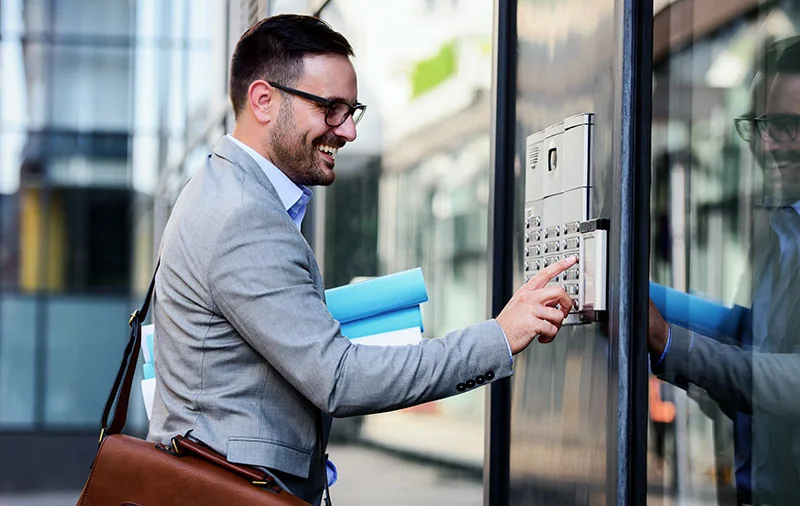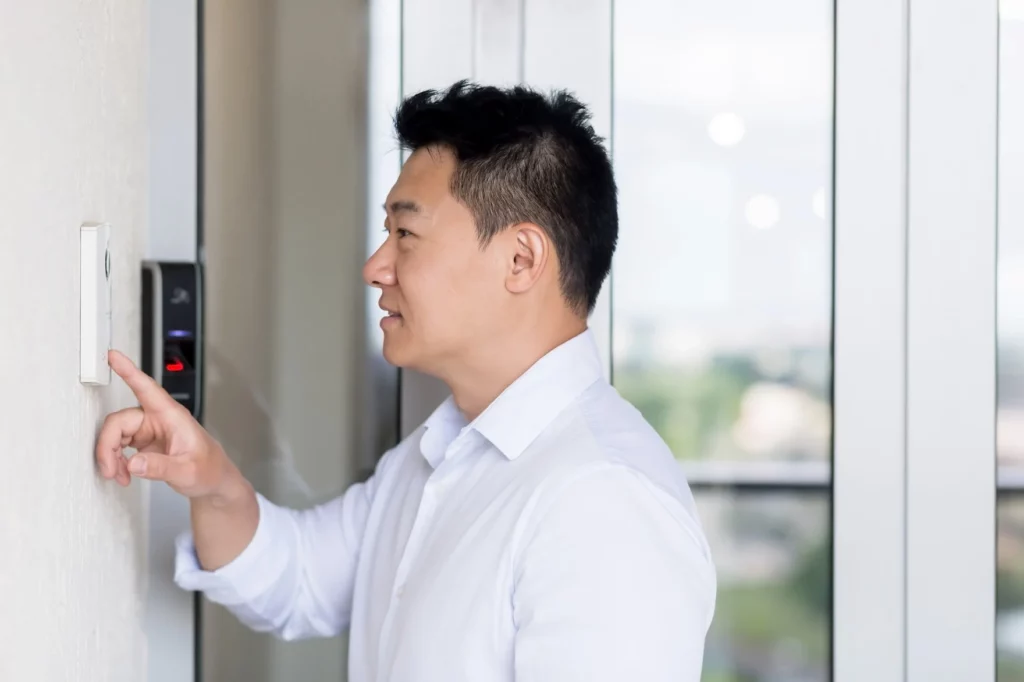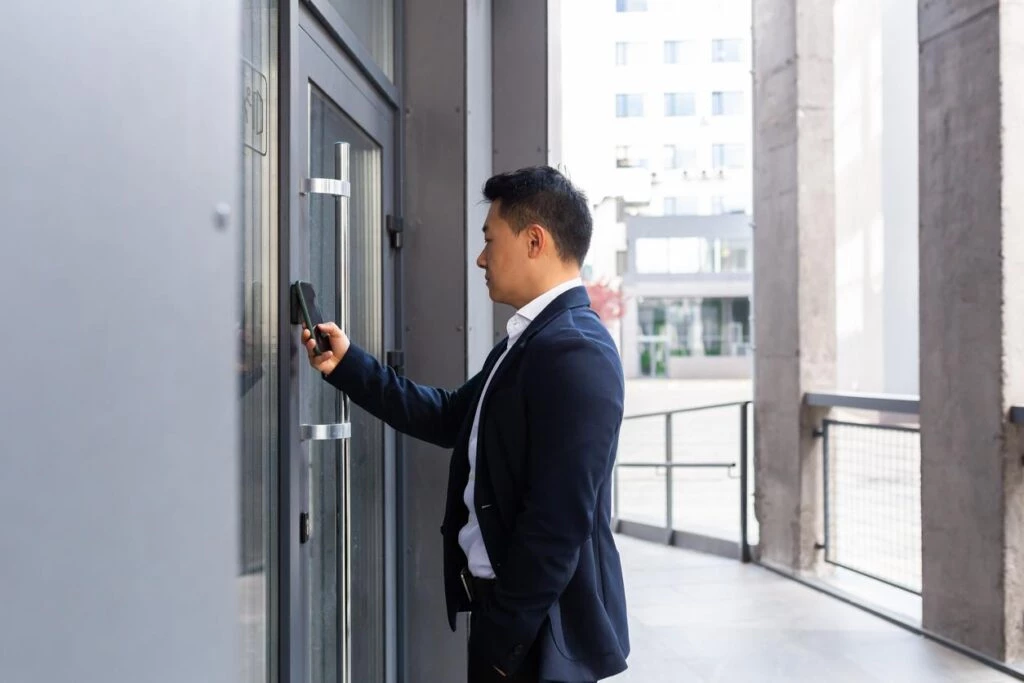In an increasingly uncertain world, the importance of robust office security systems cannot be overstated. Business owners must take proactive measures to protect their assets, employees, and sensitive information. This article explores the various types of security systems available, their benefits, and essential considerations for implementation.
Understanding Office Security Systems
Office security systems encompass a range of technologies and practices designed to safeguard a business’s physical and digital assets. These systems can include surveillance cameras, alarm systems, access control measures, and cybersecurity protocols. Each component plays a crucial role in creating a comprehensive security strategy.
The Components of Office Security
There are several key components that make up an effective office security system:
- Surveillance Cameras: These devices monitor activities within and around the office premises, providing valuable evidence in case of incidents.
- Alarm Systems: Alarms alert business owners and authorities to potential breaches, deterring intruders and ensuring a swift response.
- Access Control: Systems that restrict entry to authorised personnel help prevent unauthorised access to sensitive areas.
- Cybersecurity Measures: Protecting digital information is as crucial as physical security. Firewalls, antivirus software, and secure networks are essential.
Why Invest in Security Systems?
Investing in security systems is not merely a precaution; it is a necessary strategy for any business. The potential losses from theft, vandalism, or data breaches can be devastating. A well-implemented security system can significantly reduce these risks.
Moreover, having security measures in place can enhance a company’s reputation. Clients and partners are more likely to trust a business that demonstrates a commitment to safeguarding its assets and information.
In addition to protecting physical and digital assets, a robust security system can also foster a sense of safety among employees. When staff members feel secure in their workplace, they are more likely to be productive and engaged. This sense of security can lead to lower turnover rates and a more positive workplace culture, as employees are less distracted by concerns over their personal safety or the safety of their belongings.
Furthermore, the integration of modern technology into office security systems allows for real-time monitoring and response capabilities. For instance, many contemporary surveillance systems can be accessed remotely via smartphones or tablets, enabling business owners to keep an eye on their premises from virtually anywhere. This level of oversight not only enhances security but also provides peace of mind, knowing that one can respond promptly to any suspicious activity, regardless of their location.
Types of Security Systems
Understanding the different types of security systems available can help business owners make informed decisions tailored to their specific needs. Here are some of the most common types:
Video Surveillance Systems
Video surveillance systems, often referred to as CCTV, are one of the most visible forms of security. These systems can be installed both indoors and outdoors, providing a comprehensive view of the premises.
Modern CCTV systems come equipped with features such as motion detection, night vision, and remote access, allowing business owners to monitor their properties in real-time from anywhere in the world. This level of oversight can deter criminal activity and provide crucial evidence if an incident occurs.
Intrusion Detection Systems
Intrusion detection systems are designed to detect unauthorised entry into a building. These systems can include door and window sensors, motion detectors, and glass break sensors. When an intrusion is detected, the system can trigger alarms, notify security personnel, or alert local authorities.
Integrating these systems with video surveillance can provide a more comprehensive security solution, allowing for immediate verification of any alerts.
Access Control Systems
Access control systems regulate who can enter specific areas within a building. These systems can range from simple keycard access to biometric systems that use fingerprints or facial recognition.
Implementing access control not only enhances security but also allows businesses to track employee movements within the office. This data can be invaluable for understanding traffic patterns and ensuring safety during emergencies.
Choosing the Right Security System
Selecting the appropriate security system for an office requires careful consideration of several factors. Business owners should assess their unique needs, budget, and the level of risk they face.
Assessing Your Security Needs
Before investing in a security system, it is essential to conduct a thorough risk assessment. This involves identifying potential vulnerabilities within the office, such as weak entry points or areas with limited visibility.
Engaging with a security consultant can provide valuable insights into the specific measures required to mitigate these risks effectively. Customising a security solution based on the unique characteristics of the business will yield the best results.
Budget Considerations
While it may be tempting to opt for the cheapest security solution, it is crucial to consider the long-term implications of such a choice. A well-designed security system may require a higher initial investment but can save money in the long run by preventing theft and damage.
When budgeting for security systems, business owners should account for installation costs, ongoing maintenance, and potential upgrades. It is advisable to obtain quotes from multiple providers to ensure competitive pricing.

Implementing Your Security System
Once a security system has been chosen, the next step is implementation. This process involves not only the physical installation of equipment but also the establishment of protocols for its use.
Installation and Training
Professional installation is recommended to ensure that all components of the security system are set up correctly. This includes positioning cameras for optimal coverage and configuring alarms to respond appropriately to breaches.
Training employees on how to use the security system is equally important. Staff should be familiar with alarm procedures, how to report suspicious activity, and the importance of maintaining security protocols.
Regular Maintenance and Updates
Security systems require regular maintenance to function effectively. This includes routine checks on cameras, alarms, and access control systems to ensure they are operational.
Additionally, keeping software updated is essential, especially for cybersecurity measures. Regular updates can protect against new threats and vulnerabilities, ensuring that the business remains secure.
Legal and Ethical Considerations
When implementing security systems, business owners must also be aware of legal and ethical considerations. Privacy laws vary by region, and it is important to ensure that surveillance practices comply with local regulations.
Data Protection Laws
In many jurisdictions, businesses are required to inform employees and visitors about surveillance cameras and how their data will be used. This transparency builds trust and ensures compliance with data protection laws.
Implementing policies regarding the storage and access of recorded footage is also essential. Businesses must establish clear guidelines to prevent misuse of surveillance data.
Employee Privacy
Balancing security needs with employee privacy rights is crucial. While surveillance can enhance security, excessive monitoring may lead to a negative work environment. It is advisable to communicate openly with employees about the reasons for security measures and how they will be implemented.
The Future of Office Security
The landscape of office security is continually evolving, driven by advancements in technology. Business owners must stay informed about emerging trends to ensure their security systems remain effective.
Smart Security Systems
Smart security systems, which integrate with IoT (Internet of Things) devices, are becoming increasingly popular. These systems allow for remote monitoring and control through smartphones, providing greater flexibility for business owners.
As technology continues to advance, the integration of artificial intelligence in security systems is also on the rise. AI can enhance threat detection and response times, providing businesses with a more proactive approach to security.
Cybersecurity Integration
With the growing threat of cybercrime, integrating physical security with cybersecurity measures is becoming essential. Businesses must adopt a holistic approach to security that encompasses both physical and digital realms.

This integration can involve training employees on cybersecurity best practices, implementing secure networks, and ensuring that physical access control measures complement digital security protocols.
Conclusion
In conclusion, office security systems are a vital investment for any business owner. By understanding the various types of security systems available, assessing specific needs, and implementing robust measures, businesses can protect their assets and create a safe working environment.
As technology continues to evolve, staying informed about the latest trends and best practices will ensure that businesses remain secure in an ever-changing landscape. Ultimately, a proactive approach to security not only safeguards assets but also enhances the overall reputation and trustworthiness of a business.
Read More: Commercial security monitoring: how it helps prevent loss and unauthorized access.




